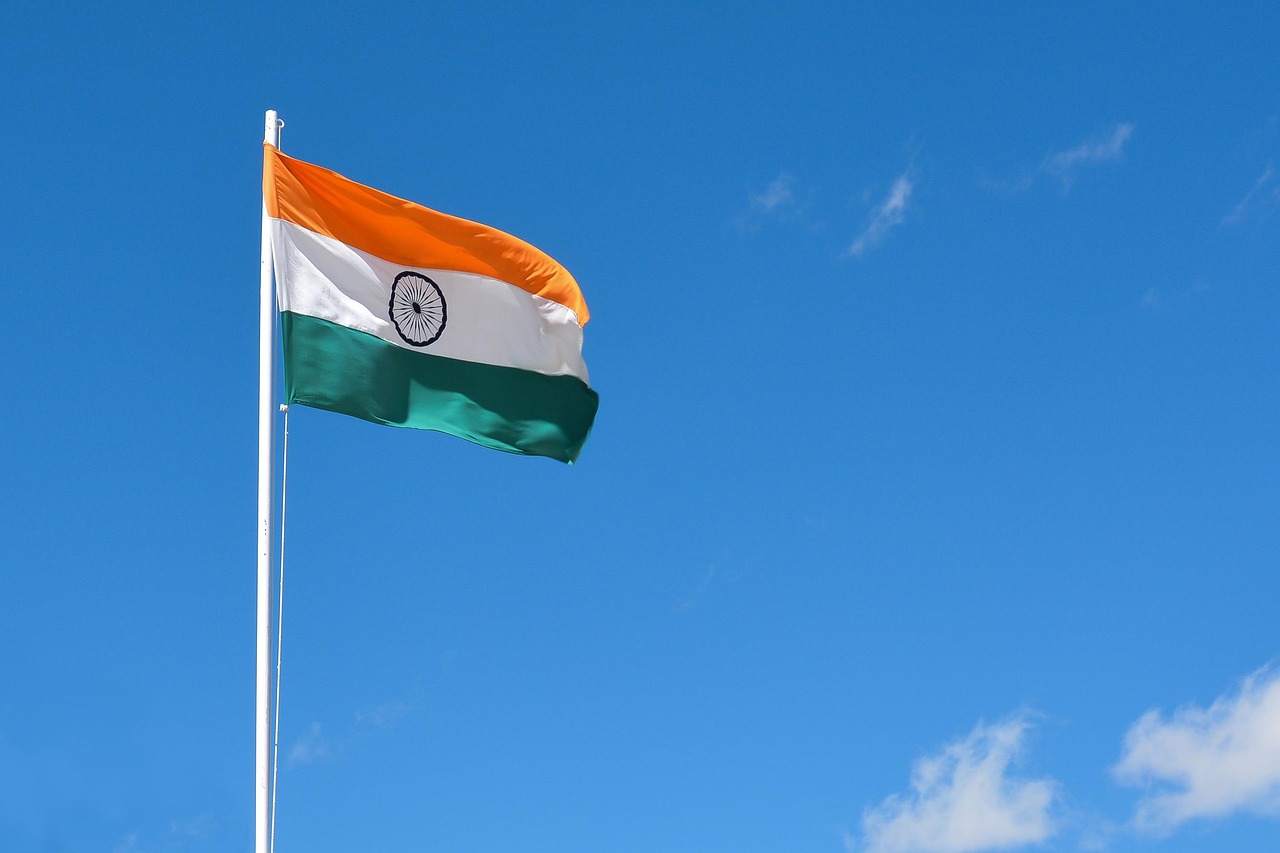About 15 years ago, during my student days, I set off on a journey to India with nothing more than a backpack and a budget airline ticket. I had very little money, no smartphone, no Wi-Fi router—just a single travel guidebook, Globe-Trotter’s Guide to the World.
I landed in New Delhi. The moment I stepped out of the airport, a wave of dry heat pierced my skin. It wasn’t the sticky humidity of Japan—this heat was dry, yet intensely overwhelming.
It didn’t take long for a crowd to form around me as I held my guidebook in hand. A group of small children quickly swarmed me. Some even peered into my map and began giving me directions without being asked. In a place where I had no idea what was right or wrong, I let their “help” (or perhaps their strategy) guide me toward my intended guesthouse.
I gave a tip to the child who genuinely led me to the right place. But I firmly refused the ones who tried to take me to a completely different lodging, likely aiming for a commission. In Indian society, there’s a structure where those who have are expected to give to those who do not. I got my first glimpse of that system on day one.
At the guesthouse, the first things I checked were whether it had a shower and an air conditioner. For about 500 to 1000 yen (roughly $5–10), you could get a place with basic cleanliness and comfort. Many lodgings were on the edge of being unsanitary, so developing a sense for choosing “reasonably okay” places became a crucial skill for the journey ahead.
The next day, I planned to head to Agra, home to the iconic Taj Mahal. I made my way to the train station—only to find that India had yet another “baptism” waiting for me there.
Next up: Wandering Through India #2 — The White and the Black Taj Mahal in Agra



コメント